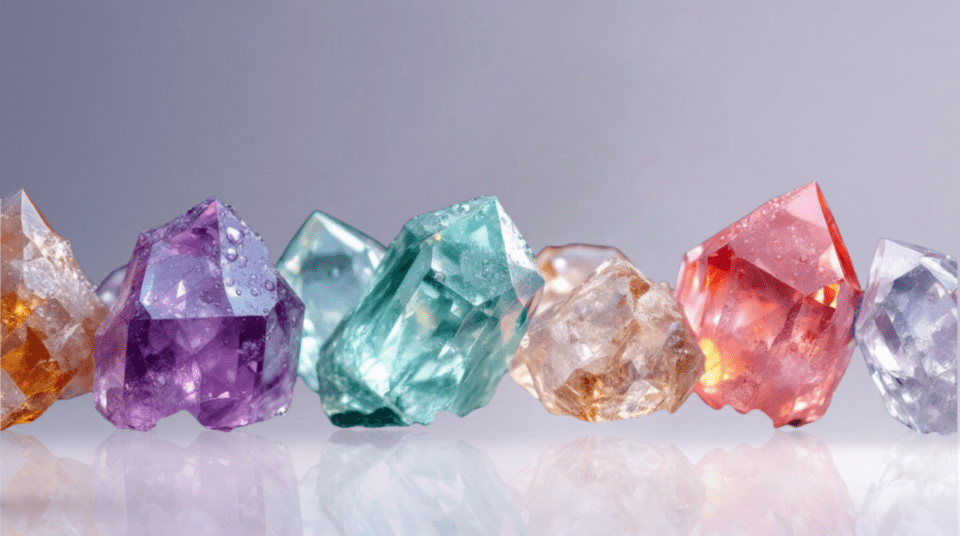
- by admin
- 25.09.2022
- Industry Insights
- Comments:97
The Application of YAG in the Jewelry Industry: A Synthetic Gemstone Revolution
Yttrium Aluminum Garnet (YAG), a synthetic crystalline material known primarily for its role in laser technology, has been steadily carving a niche in the jewelry industry. Its unique optical properties, combined with impressive durability and versatility, are making YAG an attractive alternative for modern jewelry designers and manufacturers.
Unveiling YAG’s Unique Properties
YAG is prized for its clarity and high refractive index, which contribute to an attractive brilliance when properly faceted. With a hardness rating of approximately 8.5 on the Mohs scale, YAG offers significant durability, making it suitable for everyday wear. Moreover, the synthetic nature of YAG allows for controlled production, meaning that manufacturers can consistently deliver high-quality, uniform gemstones. This precision in synthesis also enables the adjustment of YAG’s color properties through doping with trace elements, opening up a wide spectrum of hues—from crystal-clear to vibrant, eye-catching shades.
Advantages for Jewelry Applications
The rise of lab-grown gemstones has reshaped the jewelry market, and YAG is at the forefront of this transformation. One of its major advantages is affordability; synthetic YAG offers an economically viable alternative to traditional gemstones without sacrificing aesthetics or performance. Designers can use YAG to create pieces that mimic the look of more expensive gems, providing consumers with beautiful jewelry at a fraction of the cost.
In addition to cost benefits, YAG’s stability and scratch resistance make it an ideal candidate for rings, earrings, pendants, and other everyday jewelry items. Its consistent quality also ensures that large quantities of YAG can be produced for industrial-scale jewelry manufacturing, supporting both bespoke designs and mass-market products.
Design Flexibility and Market Trends
YAG’s adaptability is another key selling point in the competitive world of jewelry design. Its natural transparency and the ability to modify its color afford designers a high level of creative freedom. Whether incorporated as a centerpiece or used to accentuate other gems, YAG’s versatility allows it to complement both contemporary minimalist trends and more ornate, traditional designs.
Moreover, as consumers become increasingly environmentally conscious, the lab-grown nature of YAG provides an ethical advantage. Jewelry made with synthetic materials like YAG circumvents some of the environmental and social concerns associated with mining natural gemstones, aligning with the growing trend towards sustainable and ethical luxury.
Looking Ahead
The incorporation of YAG in jewelry represents more than just an innovative material choice—it reflects a broader shift in the industry towards sustainable, cost-effective, and high-quality alternatives. As technology continues to advance, further refinements in YAG synthesis may unlock even more possibilities, from enhanced brilliance to new, customizable color effects. This positions YAG not only as a current favorite among designers but also as a material with significant potential for future market expansion.
In summary, YAG’s emergence in the jewelry sector is a testament to how advanced materials science can revolutionize traditional industries. Its blend of aesthetic appeal, durability, affordability, and environmental friendliness ensures that YAG is poised to become a staple in modern jewelry design.

